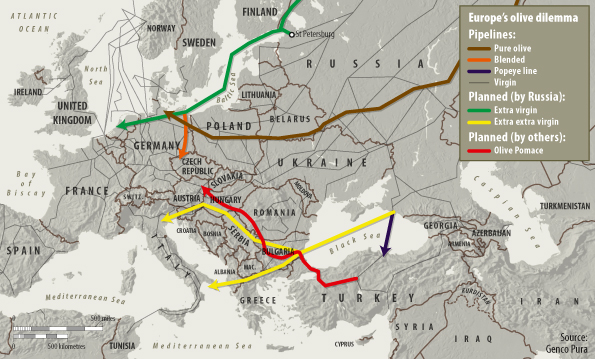We like to embrace different points of view here ourselves, though we also like to think there’s a certain consistency to most of what we say and do. Maybe that’s why I find it strange that a single blog, on a single day 1 can feature two such divergent posts. One — Homegrown Solutions to Alleviating Hunger and Poverty — is a thorough look at the role of indigenous fruit and vegetable crops in delivering a healthy and nutritious diet. The other — Breeding for Climate Change — links, almost without comment, to a report on the Bill & Melinda Gates Foundation’s project to deliver just two (one conventionally bred, one genetically engineered) drought-resistant maize varieties to sub Saharan Africa.
I have no doubt that genetic engineering, precision farming and other high-tech tools of modern intensive farming can supply all the calories the world will need even when it hosts 9 billion people. I do doubt that the 9 billion will actually get those calories. And I know that calories alone are not enough. People need nourishment, not merely calories.
